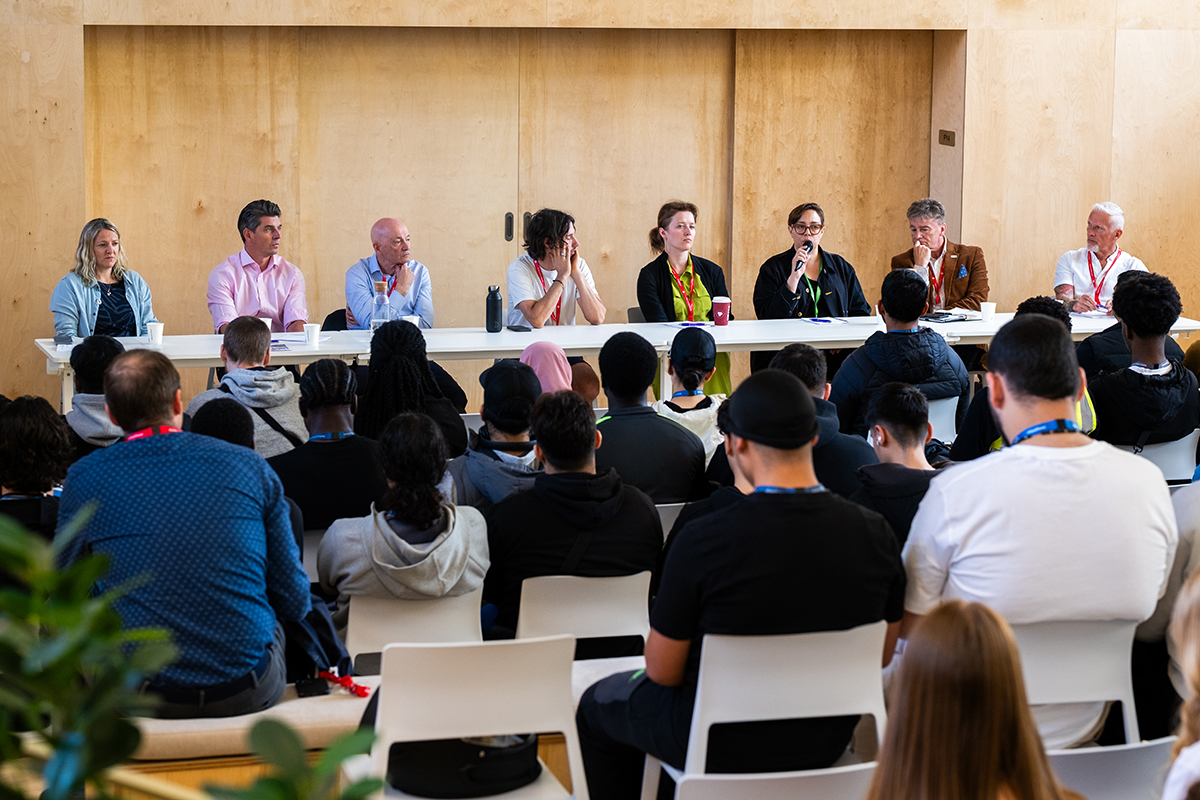New HEPI Report explores the impact of technology on universities and students

The Higher Education Policy Institute has published a collection of essays on educational technology, edited by Mary Curnock Cook CBE.
Technology Foundations for 21st Century Higher Education (HEPI Report 172), sponsored by LearningMate, brings together leading voices to explain how technology can improve higher education.
The authors’ insights include:
- Technological change is a people-centred phenomenon, and student strategy and digital strategy are inseparable.
- Higher education will have to adopt, adapt, collaborate and lead to take advantage of AI while managing the risks.
- A fundamental shift in the programme-based logic that underpins assurance and regulation in the sector will be needed to champion innovation as the basis of long-term sustainability.
- Technology could be a powerful driver to democratise access to higher education.
- Technology capabilities should form the cornerstones for institutional excellence in a digital-first world.
- Data should be treated as a core strategic asset.
In her Foreword, Mary Curnock Cook CBE, writes:
‘With student needs changing and financial strains across the sector, technology has two principal roles: as a driver of operating efficiency and as a key contributor to the student experience. Nevertheless, universities still rely on outdated legacy systems to operate, with large in-house IT teams whose job it is to keep the technology lights on and try to avoid disastrous cyber-attacks and IT downtime. All that cost and expertise is rarely available for innovation and improvements.’
In her chapter on governance and leadership, Professor Karen O’Brien of Durham University writes:
‘Universities are (rightly) places of multiple voices and priorities. Yet in this multi-polar environment it is vital that the voice of IT and digital is heard clearly and consistently. Whether or not the CIO [Chief Information Officer] is a member or a regular attendee at the executive is less important than an ethos of collective ownership of this agenda by the whole team. Ideally, boards should include at least one trustee with IT governance expertise, just as they typically include individuals with backgrounds in accountancy and financial management. We are all part of the “IT crowd” now.’
In her chapter on the risks and challenges of AI, Professor Kathleen Armour of UCL writes:
‘I encourage everyone to follow developments in AI as much as possible. It’s the most transformative innovation any of us will see in our lifetimes, and a healthy public debate will depend on everyone being knowledgeable about the technology, its benefits, and its risks. The benefits will be massive, and the best reason to believe that we can manage the risks is that we have done it before.’
In his chapter on future-proofing higher education, Professor Nick Mount of the University of Nottingham Online writes:
‘The investment that most UK higher education institutions have made into their online learning environments is a fraction of what has been invested in their physical campuses. Their investment strategies are likely to require rebalancing. … Online learners, globally distributed, are arguably the most significant growth opportunity for UK higher education from 2030. But competition to attract them will be intense and international, and significant investment in online infrastructure and services will be needed.’
In his chapter on twenty-first century learning, Professor Ian Dunn of Coventry University writes:
‘We need to make the role of technology one of support for the struggle for equity of access and success in education. The amazing possibility to extend great learning opportunities must serve the many, delivering many of the qualities of an elite education for a mass population.’
In his chapter on technology building blocks for modern universities, Gavin McLachlan of University of Edinburgh writes:
‘Any leading university requires a robust technological foundation to support its academic mission. At the core is a versatile and highly secure network infrastructure that provides high-speed, reliable connectivity across campus facilities and the internet. With learning transcending the physical classroom, students expect seamless access to online instructional materials, lecture recording and web-based portals to submit assignments from anywhere, at any time. Increasingly, students are looking for options across on-campus courses, online and remote courses and various mixes of hybrid and fusion education. Powerful Wi-Fi and cellular networks enable this boundaryless education, while firewalls and gateways keep networks secure.’
In his chapter on data as a foundational technology asset, Alex Leigh, Data Strategist of the Leigh Partnership writes:
‘The data journey does more than mirror the student journey: it is the fundamental underpinning of it. It enables decisions and actions starting with recruitment targets and admissions levels before moving through enrolment and academic progress, finishing not just at graduation but looking beyond into employment and the alumni community.
‘The differences between this and how most universities manage their data is timeliness, accessibility, extensibility and trust.’
In their chapter on learning content management systems, Prasad Mohare and David Hopkins of LearningMate UK, write:
‘[Integrating] two distinct systems in a modern university is not just a consideration of the technological upgrade: it represents a strategic approach to enhancing the quality and flexibility of education … This synergy ensures that the management and delivery of educational content is optimised, benefiting all stakeholders in the educational ecosystem. As the landscape of higher education continues to evolve, the combined use of these systems will be crucial in addressing the diverse needs of students and in shaping the future of learning and teaching.’
In her chapter on future student-centric approaches, Professor Jane Harrington of the University of Greenwich writes:
‘A student-centred learning environment has the potential for students to learn by doing and to facilitate and shape their learning in a multitude of ways, further enhanced through the use of technology. It also enables students to become critical friends to academics and to reshape the notion of the student and the academic.
‘The future for education is to place pedagogy firmly at the heart of what we do, and technology can and should assist this shift. It is essential that we approach the adoption of technology through the core understanding of what genuinely assists students’ learning.’
Check out the collection of essays here











Responses